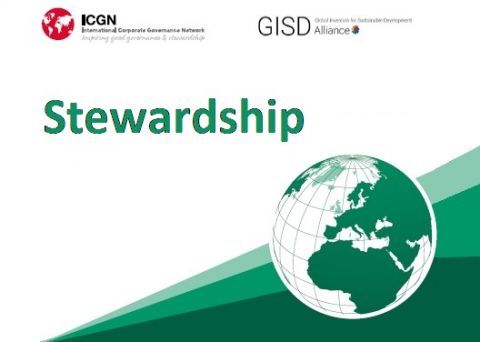ICGN - GISD Alliance Model Mandate

Introduction
COMMITMENTS
There is an increased public and political expectation that investors should contribute to long-term sustainable value creation, by contributing to the UN Sustainable Development Goals and exercising active stewardship of the assets for which they are responsible.
For this to happen, there should be an alignment of incentives between asset owners and their managers and a shared understanding of the outcomes being sought. The terms of the mandate agreed between them are crucial to achieving these objectives.
The primary purpose of the Model Mandate guidance is to encourage asset owners to ensure that their stewardship and sustainability objectives are fully reflected in investment management agreements (IMAs) and contract terms with the managers they have selected to manage their assets, and to provide practical assistance to enable them to do so.
Achieving long-term sustainably value creation requires action not just from asset owners and asset managers but those who advise them and the organizations responsible for setting the regulatory framework and standards within which investors operate. For this reason, ICGN and the GISD Alliance invite these parties to commit to using and promoting the Model Mandate.
ICGN and GISD Alliance encourage:
|
Contents
GUIDANCE
1.1 Context
1.2 Purpose of the Model Mandate
1.3 Structure of the Model Mandate
1.4 How to use the guidance
2.1 What is Sustainable Development Investing?
2.2 What should investors do?
3.1 Fiduciary duties and regulatory requirements
3.2 Investment strategy
3.3 Investment policies and procedures
3.4 Mandate design and asset manager selection
3.5 Negotiating the investment management agreement
3.6 Reviewing the mandate and asset manager’s performance
4.1 Applying the asset owner’s investment policies
4.2 Portfolio design
4.3 Systemic risks
4.4 Fee structures, incentives and remuneration
4.5 Sustainable development investing – draft clauses
5.1 Exercising stewardship responsibilities
5.2 Voting rights and oversight
5.3 Asset manager oversight of third parties
5.4 Securities lending
5.5 Sustainable development investing – draft clauses
6.1 Culture and capabilities
6.2 Risk management
6.3 Conflicts of interest
6.4 Commissions and counterparties
6.5 Asset manager reporting to clients
6.6 Sustainable development investing – draft clauses
Requests for Proposals (RFPs) and Due Diligence
Reporting to Clients – Additional Information
Glossary of Terms










